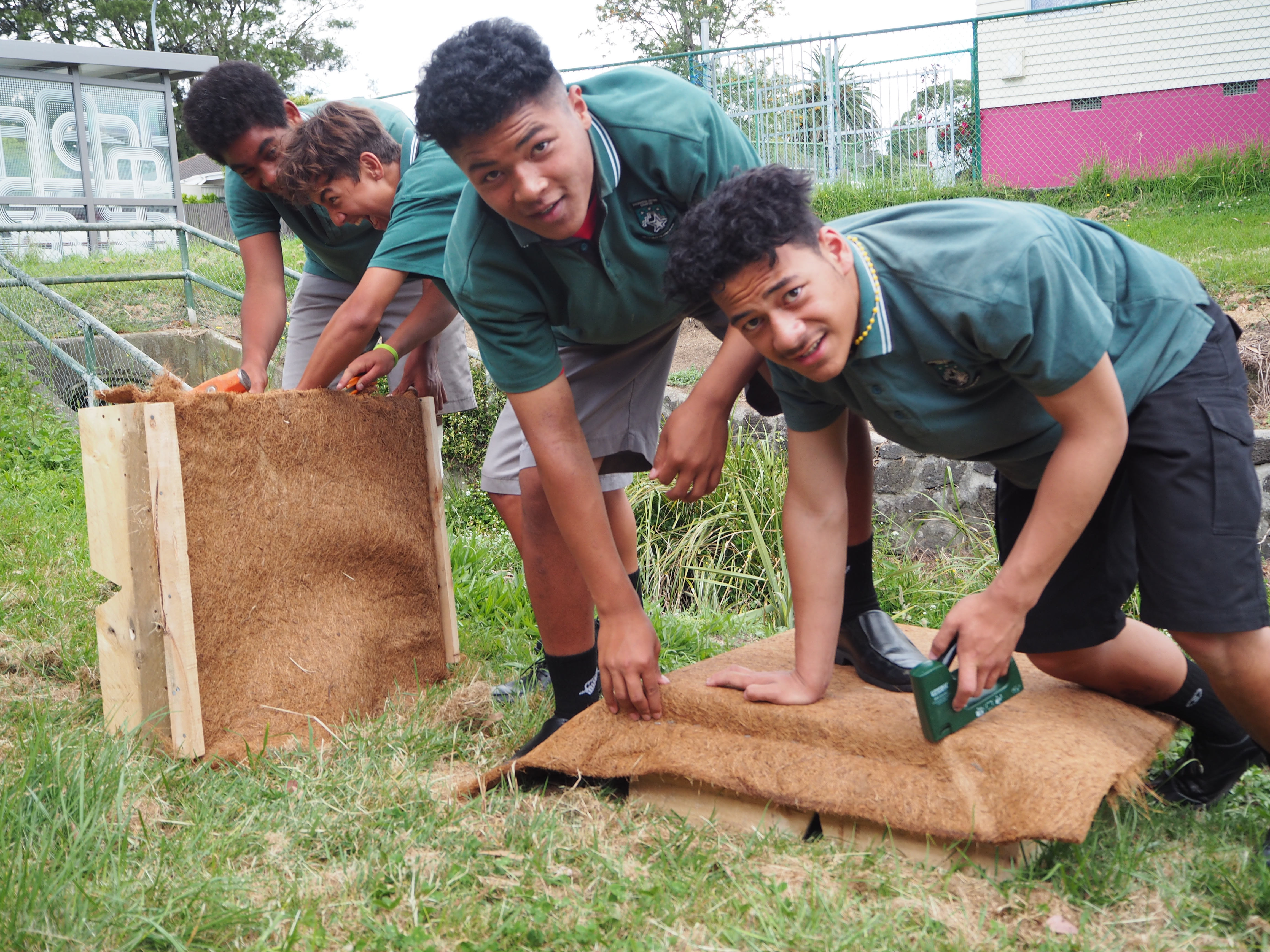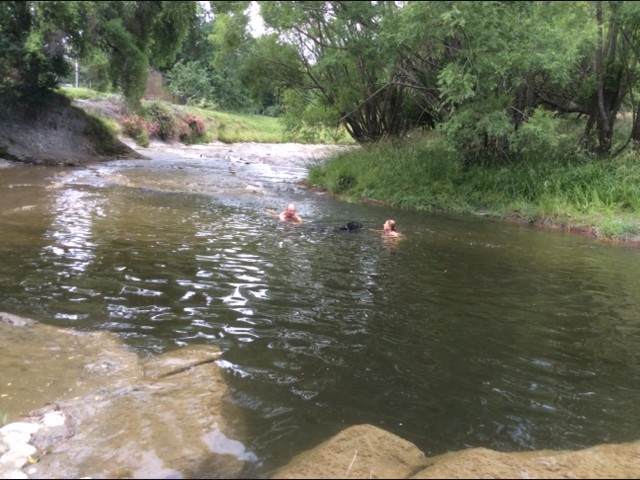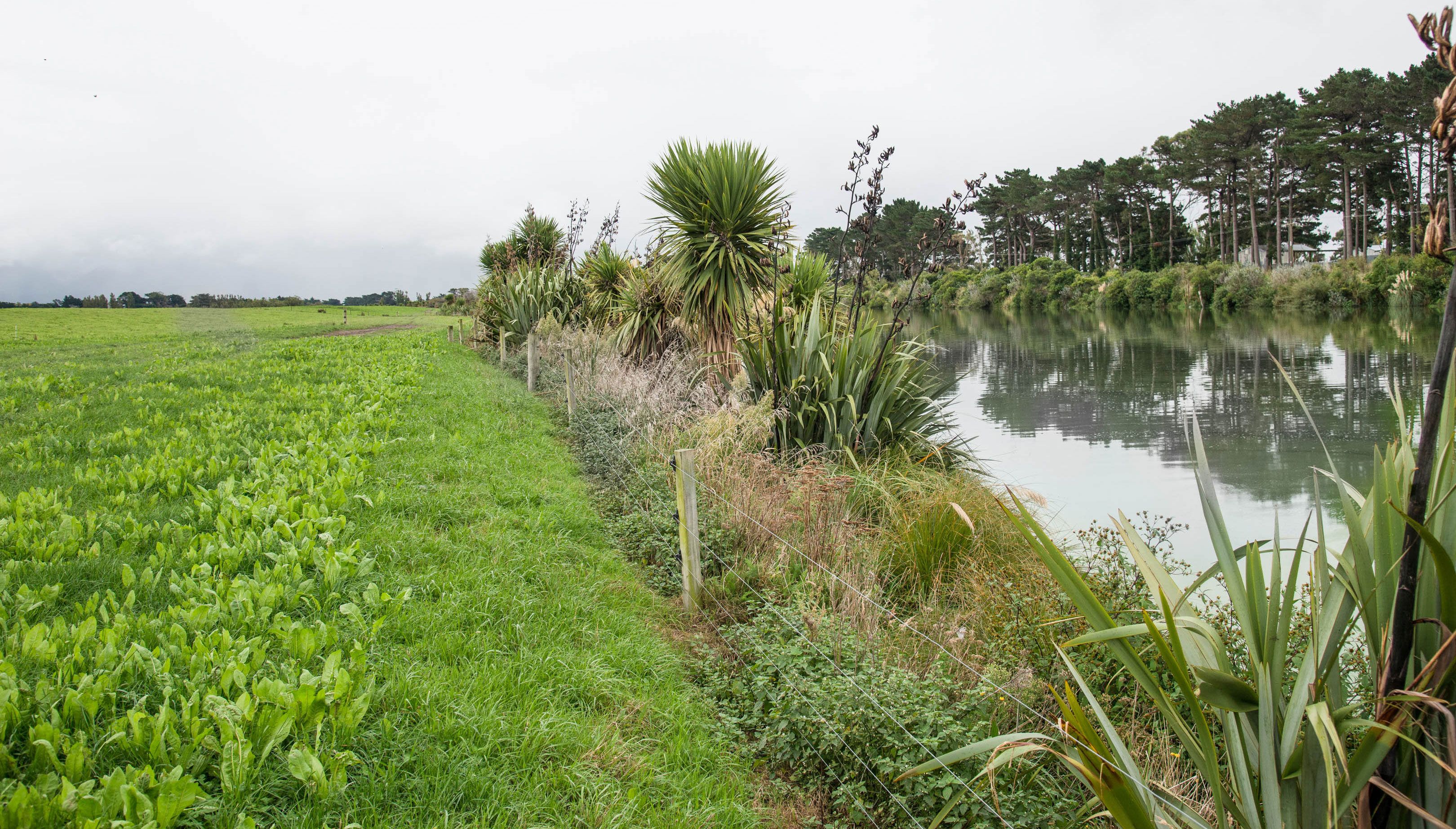A river’s 360,000 waste problems
Citizen science in Palmerston North uncovers more than plastic floating in Manawatu River.


A community-led clean-up of the Manawatu River has produced over 11,000 pieces of household rubbish found floating in its waters including a television, blankets and a vacuum cleaner.
More than 80 per cent of the items were plastic or foamed plastic/polystyrene.
The rubbish was collected over four months in a project known as the Palmy Plastic Pollution Challenge (PPPC). During that time at least 1000 people - including a number of schools and members of the public - were involved in the collection, sorting and presentation of the data related to the waste in an exercise dubbed citizen science.
Citizen science is a term given to describe the collection and analysis of data relating to the natural world by members of the general public, typically as part of a collaborative project with professional scientists.
PPPC is a collaboration between Massey University’s Zero Waste Academy and Manawatu River Source to Sea (a community group set up to enhance biodiversity in the river catchment) and is supported by Palmerston North City. It was launched last March with the aim of finding out how much plastic finds its way into the Manawatu River and the sea through the city’s streams and stormwater systems.
The issue of plastic and other rubbish getting into rivers and streams is of growing concern worldwide. Not only does it harm the complex ecosystems of the rivers themselves, but these waterways are how the trash is ultimately carried to the world’s oceans.
In Palmerston North the 11,000 items were collected from 41 sites along sections of the Mangaone and Kawau streams and the Napier and Pioneer stormwater drains. Project organisers estimate this equates to over 360,000 pieces of litter coming into the river from all streams in the district, most of which are urban streams.
Dr Heike Schiele, Source to Sea lead for the PPPC, says Palmerston North is the first city in New Zealand to support research and the development of a community-led plastic pollution strategy to address urban water quality problems.
She says the results were likely to be typical of any regional New Zealand town and the research so far showed the extent to which plastic pollution was a “sleeper issue”.
Although she believes the surface has only been scratched when it comes to understanding the local and global long-term impacts of plastic waste, Schiele says “many came away with a greatly increased awareness of plastic waste in the environment around us.”
The rubbish - which as well as plastic included tyres, shopping trolleys, a television, blankets, a vacuum cleaner, bicycles and drink cans - were taken from randomly selected 100sqm quadrants. It was then sorted, weighed and counted.
The litter was sorted into 91 categories, 31 of them plastic. The four largest categories - miscellaneous soft plastic, food wrappers, plastic bags and shrink wrap - were responsible for around 70 per cent of the items collected. Most are unable to be recycled.
Jonathon Hannon of the Zero Waste Academy says the benchmarking of urban plastic pollution was critical in providing a baseline against which future local and national clean-up initiatives could be designed and evaluated. The data is to be used to develop a plastic pollution strategy for Palmerston North.
A strategy workshop was held following the collection and its feedback will be integrated into future PPPC strategy. It is hoped the programme can be extended to cover the length of the Manawatu River and applications have been made for more funding to help in the next phase of PPPC research.
But PPPC’s first report on the findings says it is concerning that New Zealand’s performance in addressing waste issues has shown “dysfunction, damage and delay” and has resulted in environmental harm, significant cost to the community and damage to the country’s international reputation.
The challenge was one of three finalists in the Keep New Zealand Beautiful Award’s community environmental initiative.
The Manawatu River flows for 180km from headwaters at Norsewood north of Dannevirke in Hawkes Bay to the Tasman Sea at Foxton, passing through Palmerston North en route. It is the 12th longest river in New Zealand, but at 102 cubic metres per second, it is one of the fastest flowing.
It is also one of the few rivers in the world to cross an east/west divide and hosts 23 species of fish, both native and introduced.
At its estuary at Foxton it is one of six New Zealand RAMSAR sites (the Ramsar Convention is an intergovernmental convention founded by UNESCO in the 1970s to provide a framework for the conservation and wise use of wetlands) and home to up to 97 migrating bird species.






